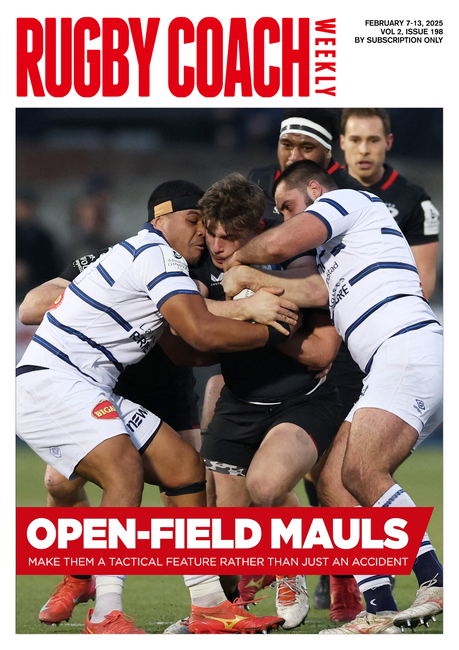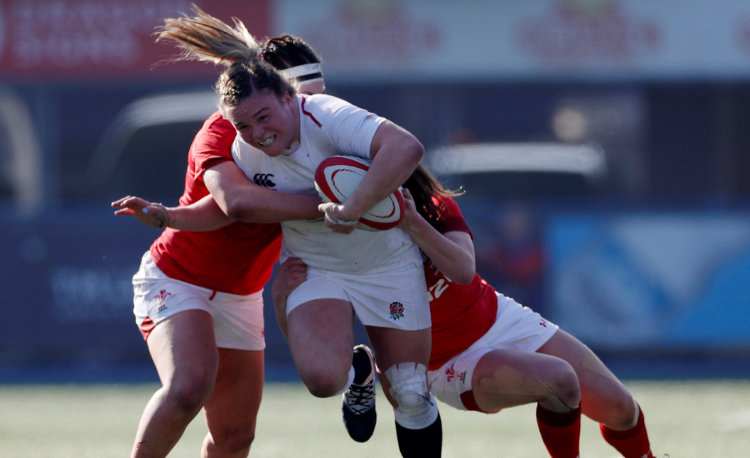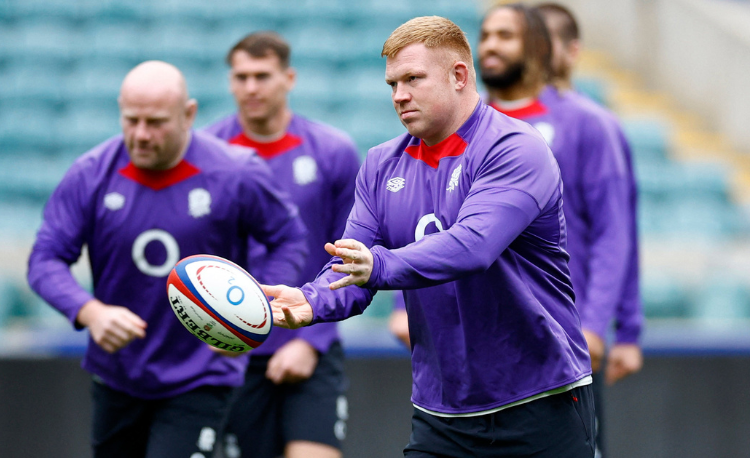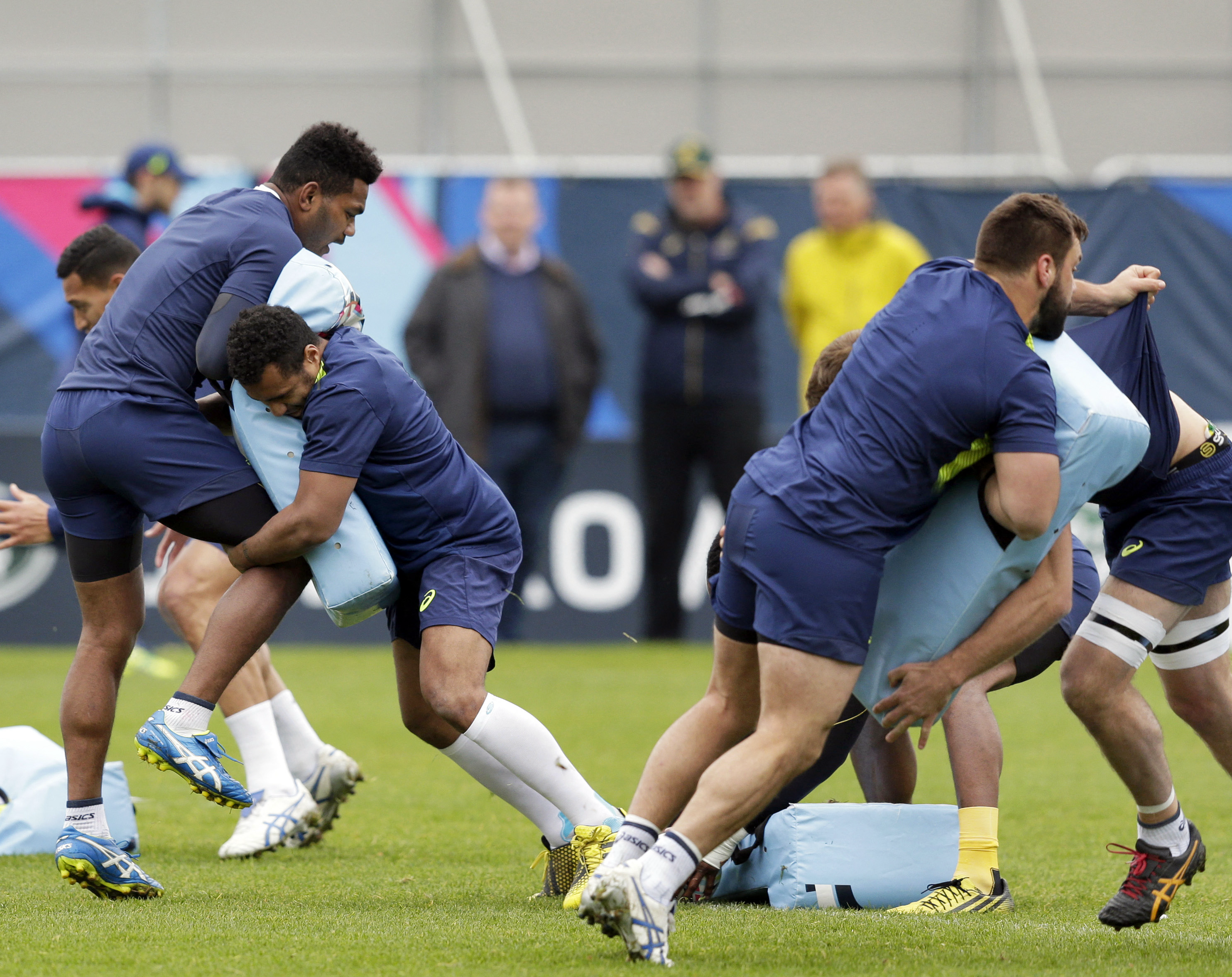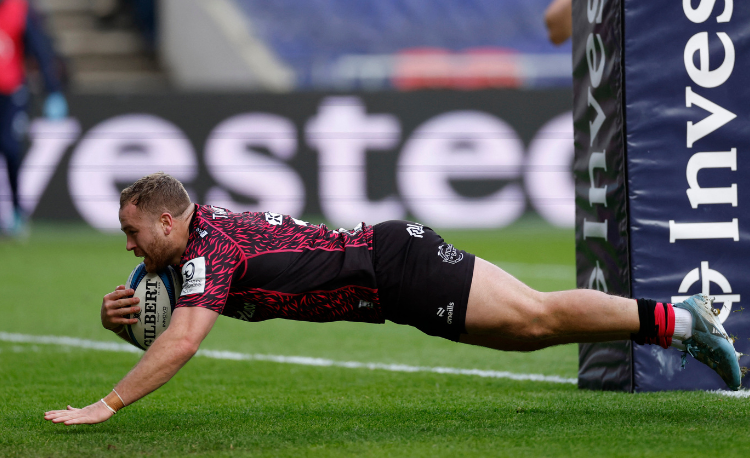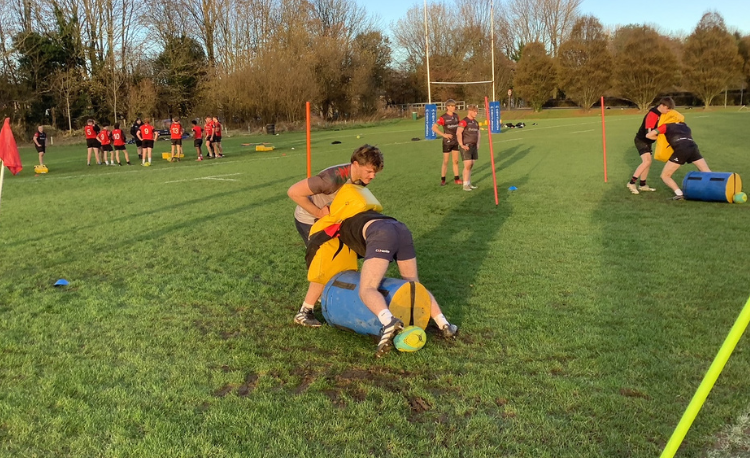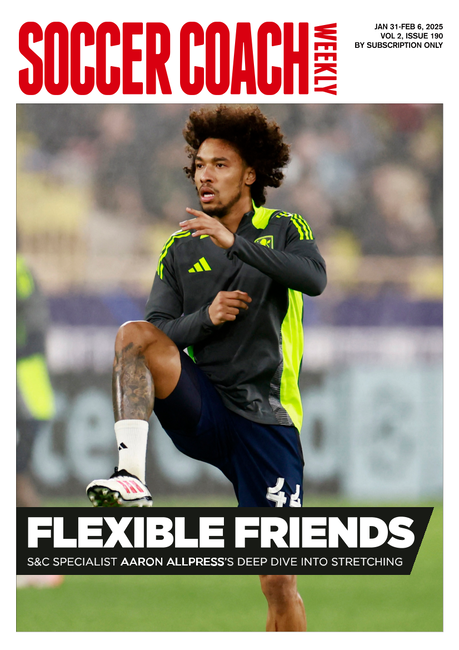Coaching non-lineout mauls
Editor Dan Cottrell adds further context to two sessions.
Lineouts lend themselves to a catch-and-drive maul.
The close proximity of your forwards, who are also on their feet, allows the catcher to be protected quickly, preventing the opposition grabbing the ball.
The ball can then be transferred back through several layers of attackers, until the player at the back of the maul has control of the ball.
The more layers between the ball and the defenders, the easier it is to transfer the ball away if the referee requests it.
In open play, mauls are much riskier. Unplanned mauls, where the defence make a concerted effort to wrap up the ball carrier and keep them on their feet, are a common tactic. Failure to produce the ball from the maul leads to a scrum to the defending side.
However, you can set up an effective planned maul from a ruck situation. Well-set mauls from rucks are potent weapons:
- The defence is often not set to prevent the maul.
- A maul is dynamic, so goes forward quickly, which keeps the defensive line going backwards.
- Often, the maul is set up further infield than a normal lineout maul, which splits the defence. If they add more players to stop the maul, there will be more gaps out wide to exploit once the maul ball comes out.
This session helps you create situations for players to be comfortable with setting up a maul from a ruck.
It begins with just three players forming the maul. The idea is to provide a shield either side of the ball carrier.
Here’s the ideal sequence of events:
- Ball carrier: Pick up the ball in a strong, well-balanced position and take contact with one team mate bound on.
- First support player: Bind onto the ball carrier at hip level, either alongside the ball or with your shoulder on the ball carrier’s hip.
- Second support player: Watch what the first support player does, then do the same on the opposite side.
- Drive the maul forward and release the ball when your 9 says so, or when the maul stops.
The choice by the 9 is whether to encourage more players to enter the maul if they think they are in a strong position to drive forward.
That means the next arriving player drives into and rips the ball from the ball carrier, who has their back to the opposition.
Whatever the play, the initial decision must be communicated between the players before the contact. The ball carrier must take charge, and check they have the right support around them. The other players then confirm the call.
The call I’ve used with my teams is “Concrete”. It gives the sense of no way through for defenders once contact is made.
The scrum-half has to step back and let the play unfold before shouting for the ball. They can drag in other players if they feel the maul is gathering momentum, but also listen to the referee for when to release the ball.
Surprise tackles for different challenges
I’ve been talking tackling to plenty of coaches in the last few weeks.
Therefore, I wanted to share with you one of my favourite tackling ’drills’. I say ’drill’ in that way, because it’s a 1v1 exercise.
However, though it has a drill element, it also has the defender making decisions on which type of tackle to use.
In the end, most of the tackles will be a mix of front-on and side-on. The principles of a good tackle remain the same for both types of tackle.
- Get close.
- Head tight into the side of the ball carrier.
- Shoulder contact and grip hard.
- The legs active through the tackle to unbalance the ball carrier.
- Finish the tackle and recover.
This exercise gives the tackler little time to think about anything but getting close to the ball carrier.
They turn and react, while the ball carrier is naturally aiming to avoid the tackler.
When I run this exercise, I aim to praise a tackler who gets most of the ’tackle’ right, even if they don’t eventually bring down the ball carrier. In this case, it’s about getting close enough to make contact with the shoulder.
It should be a rapid-fire exercise, with lots of tackles made, and players must be on their toes to be in position for the next go.
Use quick feedback on what went well in each tackle, challenging a player to make small improvements each time.
Don’t stop the exercise too often. It is much better when the players are tired, because then it’s more game-like.
Related Files
Newsletter Sign Up
Coaches Testimonials

Gerald Kearney, Downtown Las Vegas Soccer Club

Paul Butler, Florida, USA

Rick Shields, Springboro, USA

Tony Green, Pierrefonds Titans, Quebec, Canada
Subscribe Today
Be a more effective, more successful rugby coach
In a recent survey 89% of subscribers said Rugby Coach Weekly makes them more confident, 91% said Rugby Coach Weekly makes them a more effective coach and 93% said Rugby Coach Weekly makes them more inspired.
Get Weekly Inspiration
All the latest techniques and approaches
Rugby Coach Weekly offers proven and easy to use rugby drills, coaching sessions, practice plans, small-sided games, warm-ups, training tips and advice.
We've been at the cutting edge of rugby coaching since we launched in 2005, creating resources for the grassroots youth coach, following best practice from around the world and insights from the professional game.



